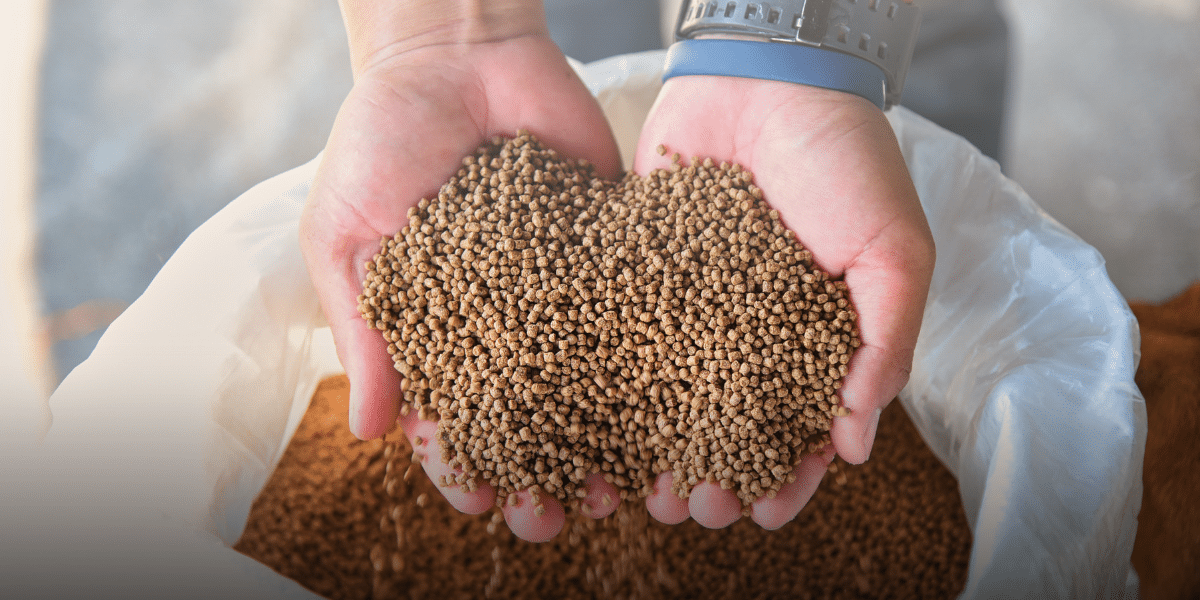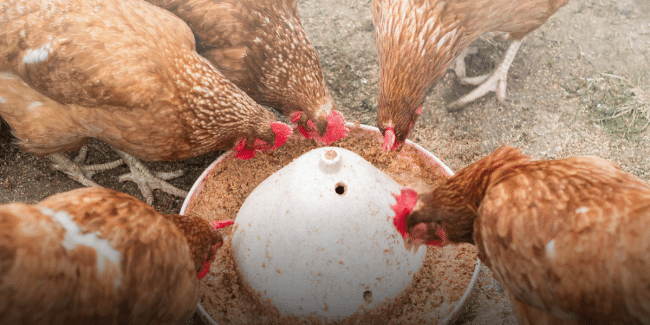
The Role of Fine-Ground Clay in Improving Animal Feed Additives
Clays have been around a long time, and so has the idea of animals eating them. You can still see wild animals do it because it helps them deal with toxins or stomach trouble. In modern feed manufacturing, we use that same natural principle in a more controlled way. Fine-ground clays have become an essential component of animal feed additives.
Why Put Clay in Animal Feed?
In feed production, additives serve all sorts of functions: binders, anti-caking agents, nutrient carriers, and toxin binders. When you process materials like bentonite or kaolin correctly, they can perform several of these jobs at once. The key lies in their surface area, cation exchange capacity, and particle size. Once you grind clay fine enough, it behaves differently. It holds moisture more evenly, absorbs toxins, and helps the feed mix more uniformly. That’s why many feed additives in animal nutrition depend heavily on fine-ground mineral materials.
Note: not every clay behaves the same. Montmorillonite, for example, has excellent swelling and binding properties. Kaolin is more stable but less absorbent. So, depending on the animal species and feed formulation, you might use one over the other, or a blend.
How Fine Grinding Changes Performance
When you reduce particle size, you increase surface area. This isn’t just academic, rather it changes how clays perform inside feed. A finer grind means more contact with nutrients and toxins. For example, in cattle or poultry feed, finely milled bentonite binds aflatoxins effectively without affecting digestibility. Research showed that 1-2% clay added to dairy feed can actually improve fiber degradability, not just reduce toxins.
From a processing standpoint, the right milling method makes all the difference. Hammer mills, air classifiers, and ultrafine mills all produce different textures. For feed additives, we typically target a 150-400 mesh range depending on use: poultry feed closer to 200-325 mesh, swine feed a bit coarser, aquafeed finer. Anything inconsistent in size can throw off the mix uniformity, so milling precision is critical.
Side note: keep your feed plant humidity low. Moist clay can cause caking downstream and mess up flowability in bins and hoppers.
Functions of Clay in Animal Feed Additives
Fine-ground clay also plays a key role in binding and neutralizing various mycotoxins such as aflatoxin, vomitoxin (DON), zearalenone, fumonisin, ochratoxin A, and T-2/HT-2 toxins, which can harm animal health if not properly managed.
Let’s get specific about what fine-ground clay actually does inside the feed system:
- Binding: Keeps pellets intact during handling and storage.
- Flowability: Reduces clumping and bridging in bins.
- Moisture Management: Stabilizes the mix, especially in humid conditions.
- Nutrient Stability: Protects vitamins and minerals from oxidation.
- Detoxification (mycotoxins such as aflatoxin, vomitoxin, zearalenone, fumonisin, ochratoxin A, and T-2/HT-2 toxins): Binds harmful compounds like aflatoxins and heavy metals.
- Digestive Health: Acts as a buffer in the rumen, controlling acidity (useful for dairy cows or high-grain diets).
That’s a lot of work for something that starts out as dirt, but it’s all in how you process it.

Why Milling Precision is Important
Animal feed additives live or die on consistency. If the clay isn’t ground uniformly, you’ll get uneven feed distribution, poor pellet integrity, and potential nutrient loss. At M&M Milling, we emphasize tight particle size control and moisture management for that reason. Our mills can produce materials down to a D97 of around 5 microns when needed, though for most feed applications, coarser grades perform better in terms of flow.
Remember: finer isn’t always better. Too fine, and you risk dust issues and poor blending. The trick is matching grind size to the feed system and animal type.
Practical Uses Across Feed Types
Fine-ground clays show up in all sorts of feeds:
- Dog food: for pellet stability and odor control
- Poultry feed: to reduce moisture and prevent caking in storage
- Cattle feed: for toxin binding and rumen pH balance
- Swine diets: to limit diarrhea post-weaning (especially when antibiotics are restricted)
Feed producers have found that a small amount (usually 1-2% inclusion rate) makes a measurable difference. The key is maintaining quality control throughout milling and mixing.
Environmental & Economic Benefits
Clays are naturally occurring, abundant, and biodegradable. Unlike synthetic flow agents or binders, they don’t leave chemical residues. Also, when you grind and use them efficiently, you get more out of less material less waste, fewer additives needed, and smoother production lines. For operations concerned with sustainability, that’s a win.
There’s also the safety angle: a good quality clay additive can help reduce the need for antibiotics by supporting gut health and toxin management. It’s not a cure-all, but it’s part of a larger animal feed additive strategy that aligns with modern feed regulations.
Contact M&M Milling Today for Animal Feed Processing Services
Fine-ground clay might not look impressive, but in the world of animal feed additives, it’s doing a lot of quiet work. The success of these additives depends heavily on how the clay is processed. Particle size, moisture, purity, and blending precision all matter.
If you’re developing or improving animal feed additive products, make sure your milling company understands those variables. At M&M Milling, that’s our focus: helping feed producers turn raw materials into reliable, high-performance ingredients. Beyond milling we also offer powder processing, drying, packaging, trucking, and transloading services to support your operations.
Contact us today to speak to a specialist for more insight!